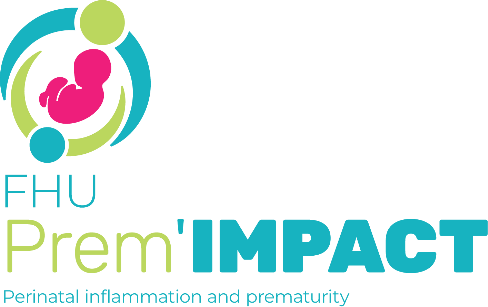Abstract
Background: The administration of tocolytics after preterm prelabor rupture of membranes remains a controversial practice. In theory, reducing uterine contractility should delay delivery and allow for optimal antenatal management, thereby reducing the risks for prematurity and adverse consequences over the life course. However, tocolysis may be associated with neonatal death or long-term adverse neurodevelopmental outcomes, mainly related to prolonged fetal exposure to intrauterine infection or inflammation. In a previous study, we showed that tocolysis administration was not associated with short-term benefits. There are currently no data available to evaluate the impact of tocolysis on neurodevelopmental outcomes in school-aged children born prematurely in this clinical setting.
Objective: This study aimed to investigate whether tocolysis administered after preterm prelabor rupture of membranes is associated with neurodevelopmental outcomes at 5.5 years of age.
Study design: We used data from a prospective, population-based cohort study of preterm births recruited in 2011 (referred to as the EPIPAGE-2 study) and for whom the results of a comprehensive medical and neurodevelopmental assessment of the infant at age 5.5 years were available. We included pregnant individuals with preterm prelabor rupture of membranes at 24 to 32 weeks’ gestation in singleton pregnancies with a live fetus at the time of rupture, birth at 24 to 34 weeks’ gestation, and participation of the infant in an assessment at 5.5 years of age. Exposure was the administration of any tocolytic treatment after preterm prelabor rupture of membranes. The main outcome was survival without moderate to severe neurodevelopmental disabilities at 5.5 years of age. Secondary outcomes included survival without any neurodevelopmental disabilities, cerebral palsy, full-scale intelligence quotient, developmental coordination disorders, and behavioral difficulties. A propensity-score analysis was used to minimize the indication bias in the estimation of the treatment effect on outcomes.
Results: Overall, 596 of 803 pregnant individuals (73.4%) received tocolytics after preterm prelabor rupture of membranes. At the 5.5-year follow-up, 82.7% and 82.5% of the children in the tocolysis and no tocolysis groups, respectively, were alive without moderate to severe neurodevelopmental disabilities; 52.7% and 51.1%, respectively, were alive without any neurodevelopmental disabilities. After applying multiple imputations and inverse probability of treatment weighting, we found no association between the exposure to tocolytics and survival without moderate to severe neurodevelopmental disabilities (odds ratio, 0.93; 95% confidence interval, 0.55-1.60), survival without any neurodevelopmental disabilities (odds ratio, 1.02; 95% confidence interval, 0.65-1.61), or any of the other outcomes.
Conclusion: There was no difference in the neurodevelopmental outcomes at age 5.5 years among children with and without antenatal exposure to tocolysis after preterm prelabor rupture of membranes. To date, the health benefits of tocolytics remain unproven, both in the short- and long-term.
